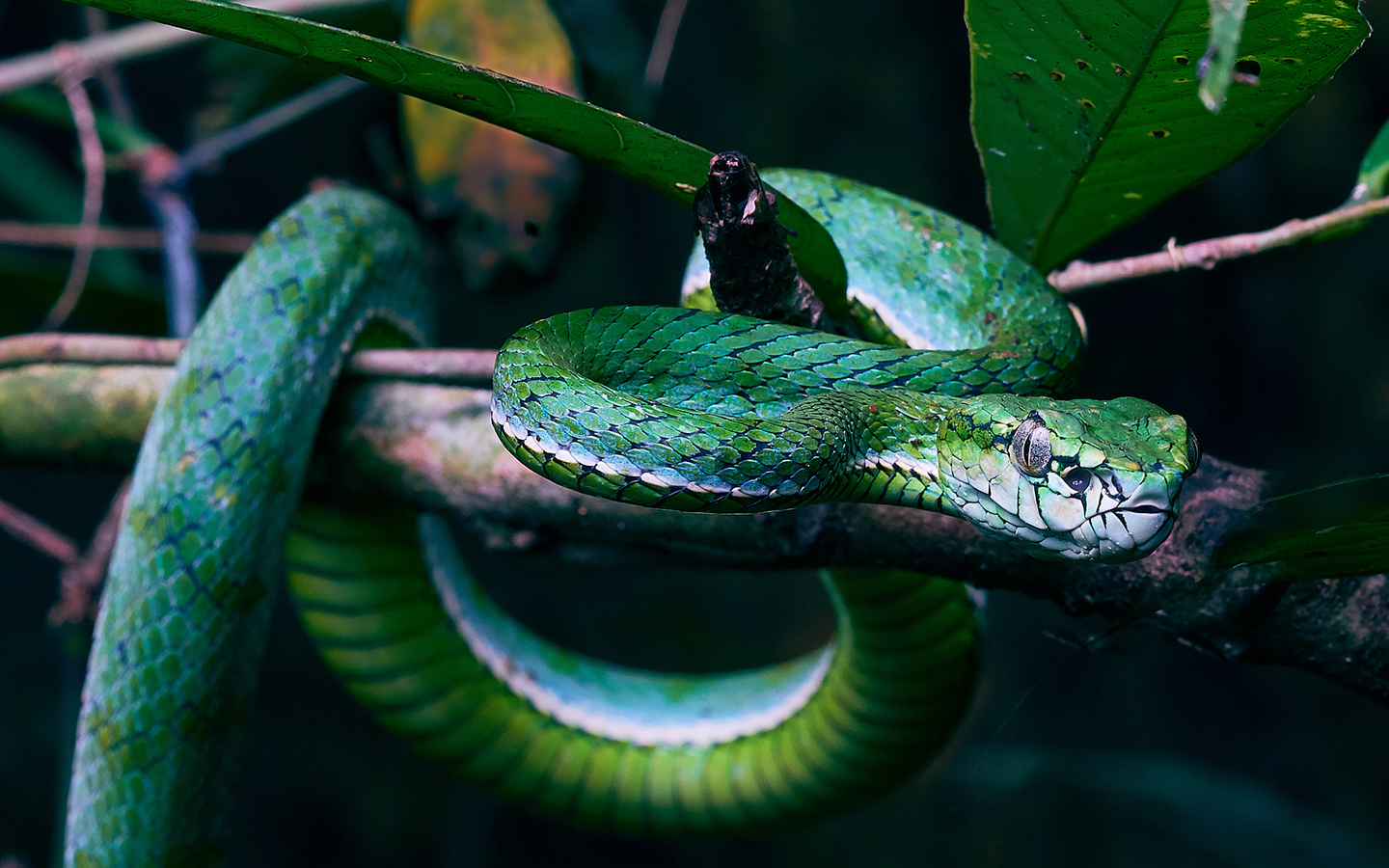
RESEARCH
Scientific operation at two locations
At the Leibniz Institute for the Analysis of Biodiversity Change (LIB), scientists document the diversity of species and investigate their changes with and in their living environment. In doing so, they reconstruct the development of the fauna and investigate the type and extent of anthropogenic influence.
For their analyses, they draw on the valuable scientific collections comprising 15 million objects, which they are continuously expanding. Using state-of-the-art technology and various methods, they examine this reference database to answer relevant questions about our society for the future. By comparing current data and evidence from organisms, they can outline the influence of humans on the environment and model future development scenarios.
The LIB structures its work tasks in four centres that are networked with each other:
- Centre for Taxonomy and Morphology: In addition to taxonomic and morphological research, evolutionary biological questions are at the forefront of the research of the scientists and their working groups. They analyse the origin of species, their phylogeny and classification as well as their adaptation to the environment.
- Centre for Molecular Biodiversity Research: The analysis of completely sequenced genomes will play a fundamental role in phylogenetics and evolutionary biology in the foreseeable future. The study results and research methods are used to illustrate lineages and support the authorities in the reliable determination of species. The spectrum of tasks ranges from molecular taxonomy and barcoding, research on speciation processes and evolutionary genomics to bioinformatics and biobanking.
- Centre for Biodiversity Monitoring and Conservation Research: Here, researchers face the challenges of global biodiversity decline. Their tasks include studies on the drivers of biodiversity change – but also technology development for modern monitoring. The extensively collected data is evaluated, taking into account current trends, up to and including climate research and agricultural and environmental policy.
- Centre for knowledge transfer: Together with the other research museums of the Leibniz Association, the LIB is becoming a cornerstone of knowledge transfer. The explanation of biodiversity, its change and relevance for our society are at the centre of the programmes and activities. Educational and outreach programmes in cooperation with schools, universities and other educational institutions aim to raise awareness of the ecological challenges facing our planet.
For this purpose, a morphology, a molecular and an imaging laboratory are available at the Hamburg site. In Bonn, a morphology laboratory (μCTs, 3D computer, X-ray machine), several libraries, the Biohistoricum, the preparation studio, a scanning electron microscope, the biobank and a High Performance Computing Unit (HPC) with the highest technical standards are available. Many of the above-mentioned areas are not located in the main building known to the public. For example, the snake collection is housed in the “villa” of founder Alexander Koenig, his former home. The Biohistoricum and other infrastructures are located in a rented building. An innovative research building is currently being constructed on the university campus, which will make the library an attractive place to study and work with a high quality of stay.
Research news

Panel discussion ‘Are we switching on the turbo in biodiversity research with AI?’
The discussion at the ‘Hamburger Horizonte’ event on Thursday at the Museum der Natur Hamburg centred on the possibilities and limits of what AI can achieve in biodiversity research.

Face of the LIB: France Gimnich
For France Gimnich, art and science, life and research, politics and personal responsibility belong together. With the InUrFaCE street art project “Art meets Biodiversity”, she wants to raise awareness of nature issues among people who don’t go to museums.

Even small amounts of pesticides harm insects
Pesticides have very negative effects on insects, even at very low doses, even if they do not kill the individual animals. This is the conclusion of a study published in the journal Science.





